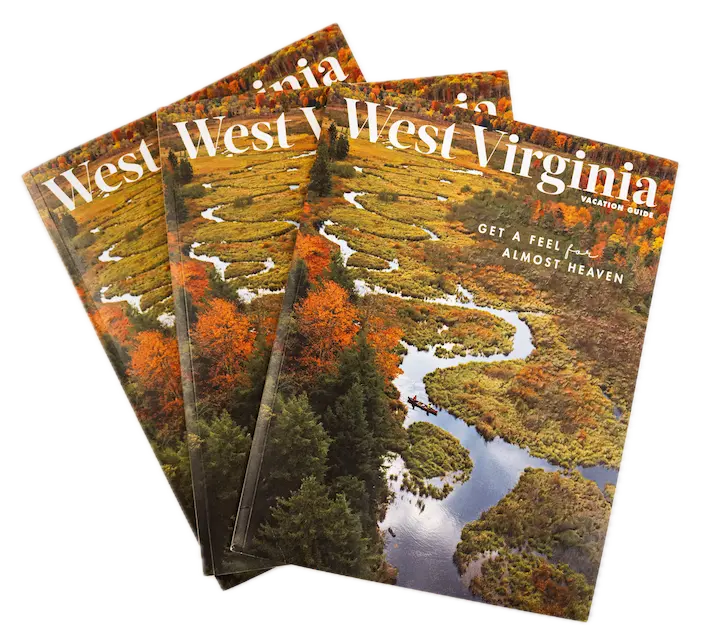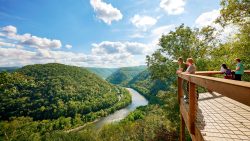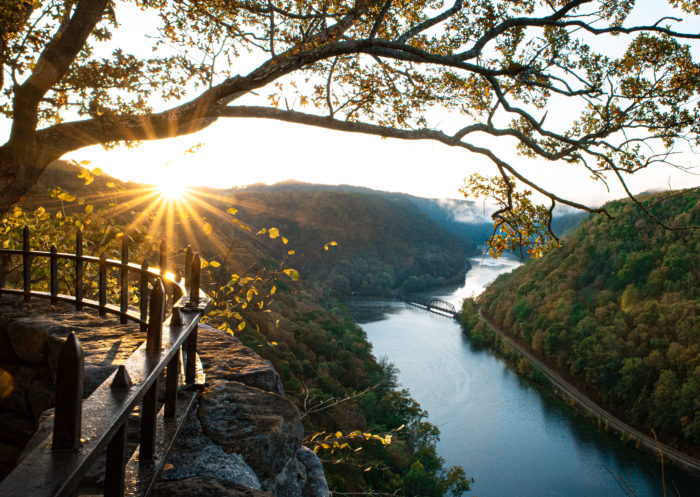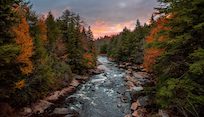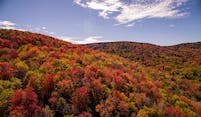You’ll never believe what West Virginia’s state fossil is
You’ve heard of the state animal (black bear) and the state tree (sugar maple) … but did you know West Virginia also has a state fossil?
Megalonyx jeffersonii was a giant ground sloth that lived during the Ice Age, measuring 8 to 10 feet in length and weighing up to 800 pounds.
In the late 18th century, miners digging saltpeter in a cave in western Virginia (present-day West Virginia) uncovered the bones of this massive animal and sent them to Thomas Jefferson. The young president-to-be described the fossil in a presentation to the American Philosophical Society. Noting the animal’s giant claw and long, slender limb bones, he suggested naming it Megalonyx (Greek for “large claw”).
In 1799, notable physician Caspar Wistar published his report on the fossil. He included Jefferson’s original comments but amended the animal’s name to Megalonyx jeffersonii in honor of his friend.
In 2008, West Virginia officially recognized Megalonyx jeffersonii as the state fossil to aid in promoting interest in geology, paleontology and history. You can learn more about this sloth, and other fossils found in West Virginia, at the West Virginia Geological and Economic Survey’s Museum of Geology and Natural History.
The giant sloth, long extinct, was one of numerous fossils discovered in caves throughout present-day Virginia, West Virginia and Kentucky. And who knows … maybe you’ll stumble upon some fossils yourself: Monroe County, where scientists believe the bones were found, is filled with natural wonders.
Start your explorations at Moncove Lake State Park. The park, part of Moncove Lake Wildlife Management Area, has a 144-acre lake where fishing and boating is permitted. Amenities include a campground with electric hookups and a bathhouse, a swimming pool, and several miles of hiking trails. There are also four geocaches hidden in the hills and hollows around the lake.
Old fields, forests and wetlands surrounding the lake attract a variety of animals, including rabbits, squirrel, deer and songbirds. Hunting is permitted in the wildlife management area.
The park also lies in the path of the fall eastern hawk migration. And if you’re interested in birds of prey, the park is just a short drive from Hanging Rock Raptor Observatory, an old fire tower atop Peters Mountain where bird watchers go to observe the migration of hawks and other raptors.
A visit to this peaceful rural countryside yields all kinds of treasures, from natural beauty and outdoor recreation to culture and history. Sightseeing opportunities include a quilt trail and several historic mills, covered bridges and Civil War Trail sites. You’ll also find art galleries, an old-fashioned general store, and a variety of local, family-owned restaurants.
For more information about things to see and do in the area, contact the Monroe County Convention and Visitors Bureau.
This post was last updated on July 31, 2020
